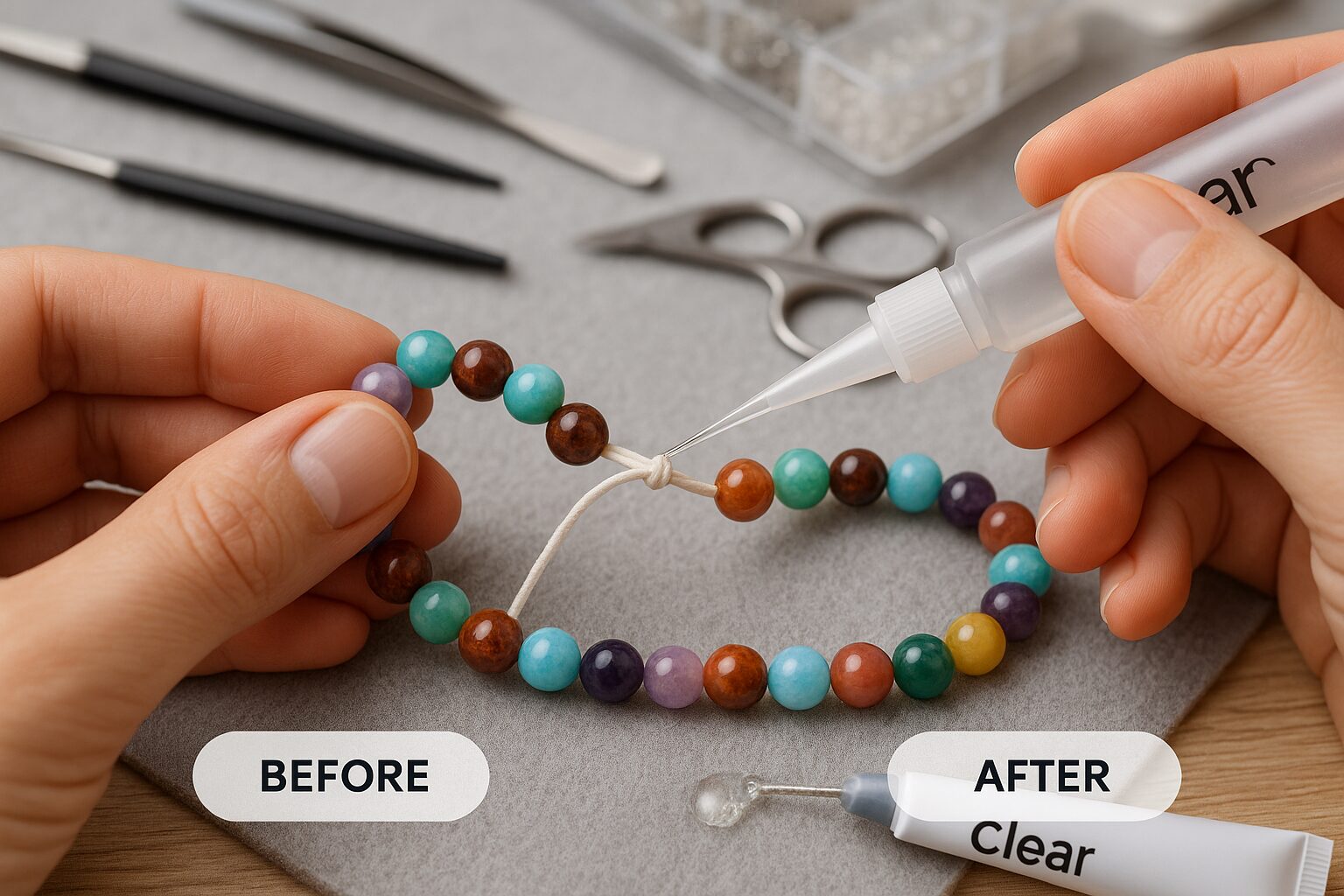In modern manufacturing, every second of production time matters. From assembly lines to high-precision component fabrication, minimizing downtime is critical to maintaining profitability and workflow efficiency. One key contributor to streamlined operations is the use of fast-drying adhesives—a class of high-performance bonding solutions engineered for speed, strength, and versatility.
How fast-drying adhesives save downtime, improve process efficiency, and ensure consistent product quality across industrial applications, let’s find out.
What Are Fast-Drying Adhesives?
Fast-drying adhesives are chemical bonding agents formulated to cure rapidly upon application, often within seconds to minutes. Unlike traditional adhesives that may require extended drying times or heat curing, fast-drying formulations like cyanoacrylates, epoxies, and UV-curable adhesives enable immediate bonding, allowing production to continue without interruption.
At GH1200, our range of industrial adhesives, including super glue gel, are optimized for rapid curing, shock resistance, and strong bonding—making them ideal for high-throughput operations.
Downtime in Manufacturing: Why It’s So Costly?
Downtime—whether planned or unplanned—refers to any period during which production halts. This can result from machine breakdowns, manual bottlenecks, or delays in material setting times, such as waiting for adhesive bonds to cure.
According to industrial research, even one hour of downtime can cost large manufacturers thousands of dollars in lost revenue, missed deadlines, and inefficiencies.

Top Downtime Contributors:
- Long adhesive cure times
- Rework due to failed bonds
- Equipment waiting for parts to set
- Manual clamping and holding steps
- Temperature- or humidity-sensitive adhesives
By switching to fast-curing adhesives, manufacturers can mitigate these problems and keep their lines moving.
5 Ways Fast-Drying Adhesives Save Downtime
1. Instant Bonding Speeds Up Assembly
Fast-drying adhesives like cyanoacrylates bond within 5–30 seconds, making them ideal for high-speed assembly lines. Workers don’t need to wait minutes or hours before moving parts down the line, reducing bottlenecks and manual holding.
2. Eliminates Need for Clamping or Heat Curing
Many traditional adhesives require external pressure, heat curing, or overnight drying. Fast-setting adhesives remove the need for clamps, ovens, or external activators, saving space and energy costs.
3. Fewer Production Errors and Rework
Slow-curing adhesives often shift or sag before setting, leading to misalignment and rework. Fast-setting formulas minimize movement after application, ensuring stronger, cleaner bonds and higher product quality.
4. Better Workflow Integration
Modern adhesives, such as GH1200’s urethane adhesives and epoxy glue gel, are engineered for robotic or manual applicators, enhancing automation compatibility. This allows for integration into CNC-controlled workflows or conveyor systems.
5. Adaptable Across Substrates
Fast-drying adhesives work across various materials including metal, rubber, wood, plastics, and composites, eliminating the need for multiple adhesive types. One versatile solution reduces complexity and inventory management.
Industries That Benefit Most
Electronics & PCB Manufacturing
Fast-drying adhesives allow for rapid bonding of components without damaging sensitive circuitry or requiring long heat curing times.
Automotive & Aerospace
Time is critical in vehicle assembly lines. Fast-cure adhesives bond interior and exterior components without delaying the line or compromising safety.
Medical Device Assembly
In sterile environments, fast-curing adhesives help quickly seal plastic or metal components with low odor, non-toxic formulations.
Packaging & Labeling
High-speed packaging lines rely on adhesives that cure instantly on cardboard, plastic, or foil without smearing or bleeding.
Types of Fast-Drying Adhesives
| Adhesive Type | Cure Time | Best For |
|---|---|---|
| Cyanoacrylate (Super Glue) | 5–30 seconds | Metal, plastic, rubber, quick fixes |
| Epoxy Gel | 1–5 minutes | Structural, gap-filling, heavy duty |
| UV-Curable Adhesives | Instant (with light) | Electronics, clear plastics |
| Urethane Adhesives | 5–10 minutes | Flexible materials, impact zones |
Technical Considerations Before Switching
When selecting a fast-drying adhesive, consider the following:
- Curing method: ambient, UV, or dual-cure
- Substrate compatibility: porous, non-porous, coated surfaces
- Shear strength and flexibility
- Temperature and moisture resistance
- Shelf life and storage requirements
GH1200 adhesives are formulated with anti-clog caps, non-drip gel consistency, and eco-friendly materials to simplify usage and reduce waste in industrial settings.
Real-World Impact: Case Example
A mid-sized electronics manufacturer switched from traditional solvent-based adhesives to GH1200’s cyanoacrylate gel formula. The results?
- Assembly speed improved by 25%
- Rework due to failed bonds dropped by 40%
- Downtime was reduced by 15 hours per month
- Annual cost savings exceeded $75,000
Conclusion: Invest in Speed Without Compromise
Fast-drying adhesives aren’t just about speed—they’re about performance, precision, and profitability. By cutting down on cure time, manufacturers can reduce idle time, boost throughput, and improve product consistency.
Whether you operate in aerospace, packaging, automotive, or consumer goods, GH1200’s advanced adhesive solutions are engineered to keep your lines moving and your margins healthy.





